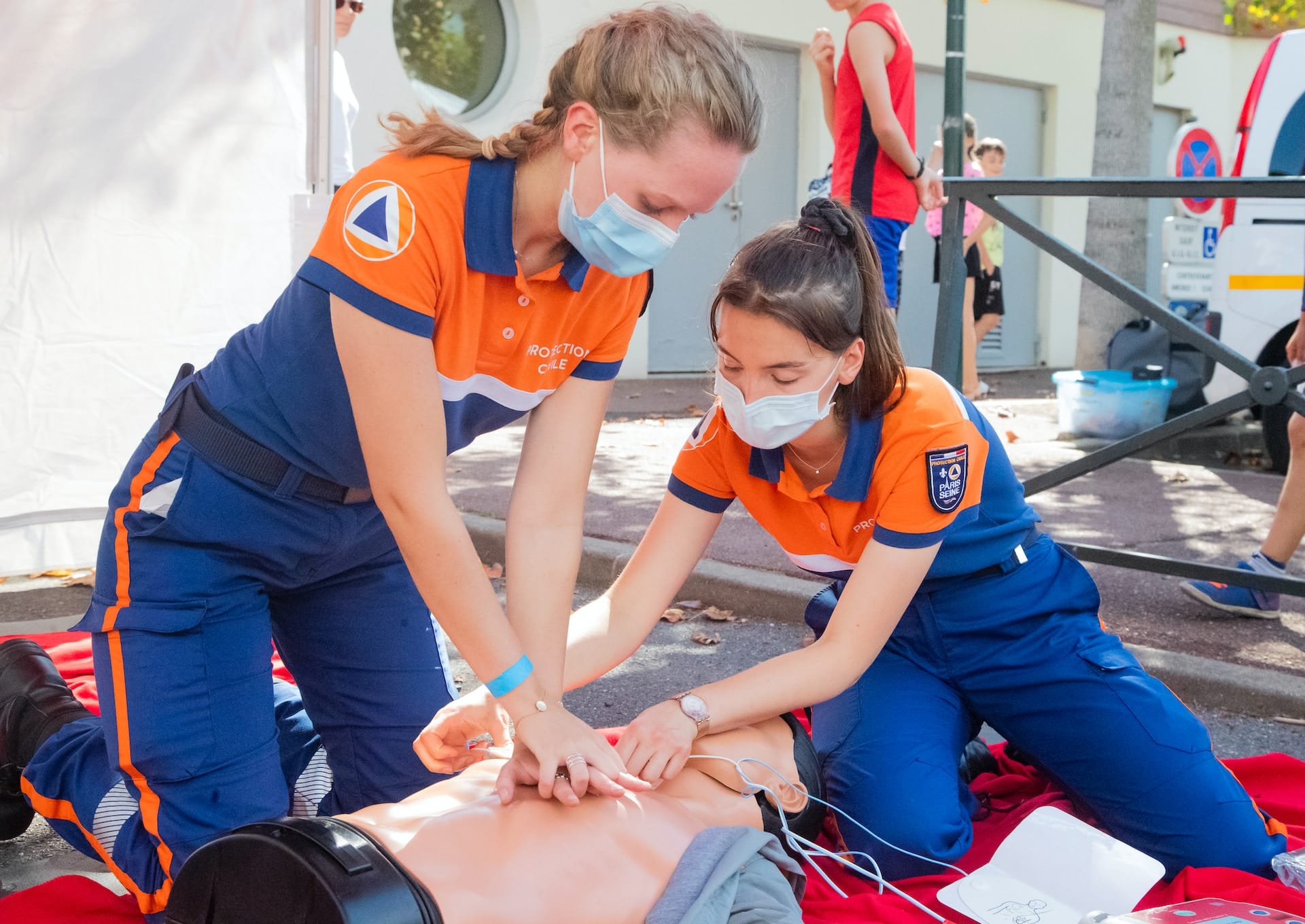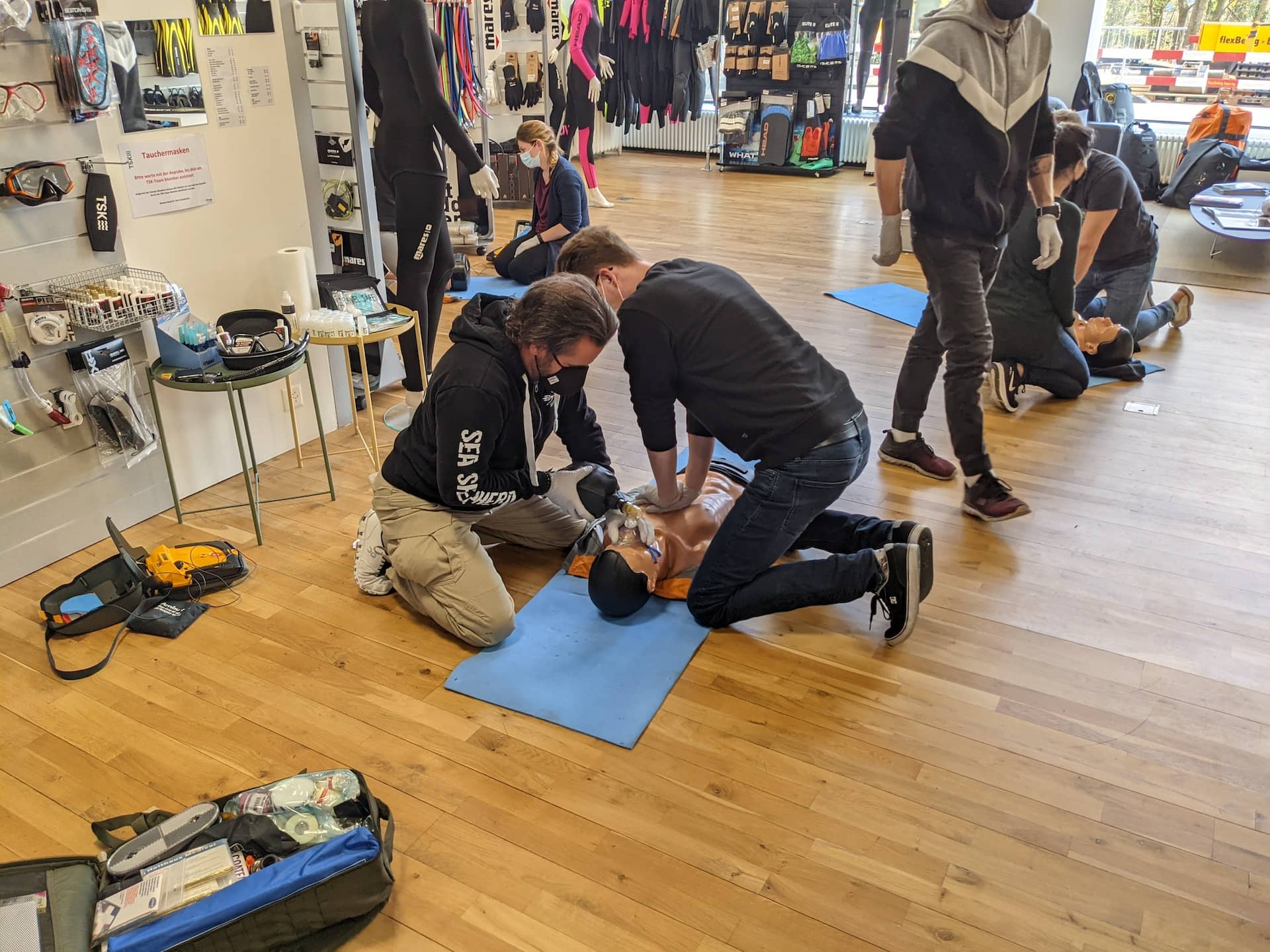Did you know that over 350,000 people suffer cardiac arrest outside of a hospital setting in the US?
If you’re looking for a way to save someone’s life, you should get certified in CPR. It may not be as effective as a defibrillator or emergency care, but it will still allow you to help people in need.
Are you looking to get your CPR certification? Take a look at what you can learn during your CPR training. Let’s jump in!
An Overview of CPR
Cardiopulmonary resuscitation, or CPR, is an emergency medical process. Used in cases such as cardiac arrest or drowning.
It is a life-saving technique that pumps oxygen back into the circulatory system. It provides an essential window of time while medical personnel are on the way.
CPR works by restoring some blood flow to the heart and brain, providing oxygen to these vital organs. It requires compressing the chest area of the patient in a rhythmic manner.
CPR is an important life skill to learn and is available as a class or online. It provides instructions on how to recognize and treat cardiac and breathing emergencies.
Some key benefits of knowing CPR is recognizing medical emergencies and reacting quickly. It also empowers individuals to feel confident and capable of saving a life. Especially in the event of an emergency, which can be the most rewarding benefit of all.
Administering Chest Compressions
Participants can learn more about basic anatomy in CPR classes. The placement and proper technique for chest compressions are also tackled. Also, they show the correct ratio for doing rescue breaths.
It is also important to know about abnormal heart rhythms and how to tell them apart. Emergency protocols such as proper airway management, ventilation, and oxygenation are also discussed.
CPR training teaches participants how to assess a collapsed victim. They check the scene and call for emergency medical help when needed.
Basic First Aid Procedures
CPR training teaches individuals how to give aid in the case of a medical emergency. These include cleaning and bandaging wounds, controlling external bleeding, and maintaining airways.
Also, an introduction to how to use an Automated External Defibrillator is provided. The goal is to help individuals become prepared to deal with any emergency situation.
Identifying Cardiac Arrest vs. Heart Attack
CPR training teaches people how to identify cardiac arrest and heart attack. Both are serious medical emergencies that need immediate action.
Cardiac arrest occurs when the heart has an electrical problem. It prohibits the heart from effectively pumping blood. It is often sudden and can lead to death without immediate medical attention.
A heart attack is when the heart does not have an adequate blood supply. This happens due to the narrowing of the coronary arteries. Symptoms of a heart attack include chest pain, shortness of breath, and perspiration.
During CPR certification, participants learn to recognize the signs and symptoms of both. They would also know how to respond through prompt and appropriate actions.
Find Out What You’ll Learn in CPR Training
CPR training teaches valuable life-saving skills that might help save a life one day. Taking the time to learn can equip people with the confidence to handle a medical emergency.
After completing a course, you will learn the knowledge and skills to properly respond to common cardiac and breathing emergencies. From recognizing signs of cardiac arrest and performing CPR, to using an automated external defibrillator and preventing common injuries. CPR training will equip you with the right skills to help save a life.
Did you enjoy this article? Then check out the rest of the blog.




